
When New is Not Improved
It is disappointing to see a company priding itself on independently measuring America’s broadband performance throw accuracy to the wind and start handing out misleading awards for America’s top broadband providers that their own speed tests often disprove.
Municipal and independently owned Internet providers have relied on Ookla to prove to the world they can offer superior broadband service over what is on offer from the local cable and phone company. Net Index was a useful, independent resource to track broadband speeds and trends based on millions of consumer-run Internet speed and health tests. A provider claiming “up to 10Mbps” service could quickly and easily be verified as a truth-teller or teller of tall tales. As of today, that is no longer as easy to verify:
Ookla Net Index has been discontinued
Ookla is devoted to providing world-class products and services. Sometimes that means saying goodbye to old sites, like Net Index, and hello to new ones…
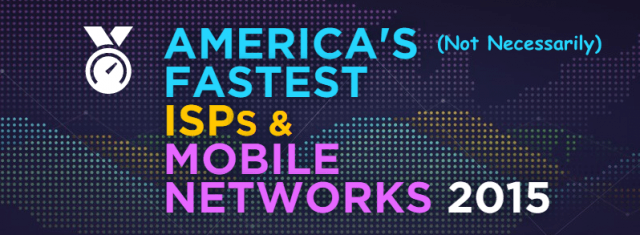
Those “new and improved” products include:
- SPEEDTEST AWARDS: Provides insights to consumers on where to find the Fastest ISPs & Mobile Networks worldwide, based on data from millions of Speedtests taken in the first half of 2015;
- SPEEDTEST INTELLIGENCE: Designed for enterprises, governments and analysts to understand worldwide internet performance, based on the millions of Speedtests run each day.
While there is nothing objectionable about handing out awards for good performance, it turns out only the nation’s biggest telecom companies need apply, because unless you are Comcast, Time Warner Cable, Cox, Charter, or Verizon, you are too small to matter.
 Among those that do, Comcast’s Xfinity takes first prize:
Among those that do, Comcast’s Xfinity takes first prize:
Comcast XFINITY is the nation’s largest traditional cable operator and largest home ISP. It offers an extremely wide variety of technologies and speeds, peaking at a fiber-based “Extreme 505” tier. That service isn’t widely available, though; you’re more likely to see top speeds of 105Mbps or 150Mbps using traditional DOCSIS 3 cable technology.
Ookla explains away why better performing ISPs are not qualified for one of their awards:
For a given location – either nationwide or a given state or city – we aim to include only ISPs or mobile networks that provide service for a significant number of customers in that geographic area. So, while Google Fiber is the fastest broadband in states like Kansas or Missouri, they are not suitable to be included in the fastest ISPs nationwide because they only serve a very small portion of the United States. To be included in a given geographic area, an ISP or mobile network must meet a minimum threshold based on the number of unique devices testing each day over a six month period.
In other words, accuracy matters a lot less than coverage area. Ookla’s methodology is further invalidated on the local level by their own website.
The prominent first place national award given to Comcast for having the fastest Internet access could mislead you to believe they are the best provider. But Ookla’s own speed tests show that in states like Minnesota, Comcast only comes in third place. Inexplicably, America’s always-lowest rated cable operator — Mediacom, scores first. Charter comes in second. Ookla does not bother to rank municipal-owned broadband providers that outperform all the above.
Not consistently including public, municipal utility, or co-op broadband providers in states like North Carolina and Colorado does an even bigger disservice to anyone depending on Ookla for independent and accurate results. Many of those providers just don’t show up in Ookla’s listings.
In other cases, providers that offer commercial-only broadband make Ookla’s list while even faster providers that sell to consumers don’t. In Rochester, N.Y., Ookla gives first place among local providers to Sutherland Global Services, a provider of business process and technology management services — not a residential ISP. Greenlight Networks delivers gigabit fiber to the home service to select residents in the area and does not appear on Ookla’s list.
Ookla’s own results show the largest companies deliver uneven results across the country, which comes perilously close to invalidating the usefulness of a “national” award. The fact Ookla intentionally leaves out ISPs that can dramatically outperform the competition drives the final nail into the credibility coffin, rendering Ookla’s “new and improved” results meaningless and very misleading. In short, consumers might find using a Ouija board to choose their next ISP about as useful.
It appears the more meaningful data consumers need to make an informed choice has been shifted to Ookla’s premium “Speedtest Intelligence,” designed to provide the granularity stripped away from Net Index. Based on an inquiry form, it seems Ookla is now selling this information to private clients, leaving consumers stuck with Ookla’s overgeneralized “awards” and incomplete regional test results that exclude too many residential providers to be useful and accurate.


 Subscribe
Subscribe Montréal cable subscribers will soon be able to buy gigabit broadband speeds from Vidéotron after a successful pilot project demonstrated the cable company’s existing DOCSIS 3.0 network was up to the task.
Montréal cable subscribers will soon be able to buy gigabit broadband speeds from Vidéotron after a successful pilot project demonstrated the cable company’s existing DOCSIS 3.0 network was up to the task.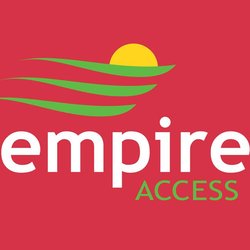 A Prattsburgh, N.Y. family-owned company has picked up where Verizon left off and is busily wiring up small communities across western New York and the Southern Tier with fiber to the home service, giving both Verizon and Time Warner Cable some competitive headaches.
A Prattsburgh, N.Y. family-owned company has picked up where Verizon left off and is busily wiring up small communities across western New York and the Southern Tier with fiber to the home service, giving both Verizon and Time Warner Cable some competitive headaches.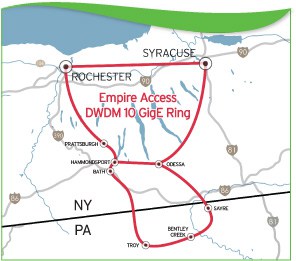 With the help of public and non-profit broadband infrastructure, residents in small communities across a region extending from Sayre, Pa., north to Batavia, N.Y., will have another choice besides Verizon or Frontier DSL, Comcast or Time Warner Cable.
With the help of public and non-profit broadband infrastructure, residents in small communities across a region extending from Sayre, Pa., north to Batavia, N.Y., will have another choice besides Verizon or Frontier DSL, Comcast or Time Warner Cable.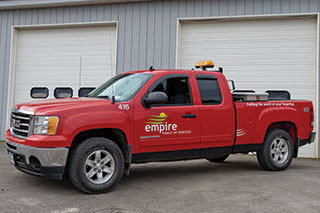 The arrival of Empire reminds some of the days when the first cable company arrived to wire their village. Word of mouth is often enough to attract new customers, but a handful of local sales agents are also on hand to handle customer signups. From there, one of the company’s 80+ employees in New York handle everything else.
The arrival of Empire reminds some of the days when the first cable company arrived to wire their village. Word of mouth is often enough to attract new customers, but a handful of local sales agents are also on hand to handle customer signups. From there, one of the company’s 80+ employees in New York handle everything else.
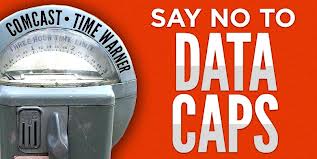 This merger will have an especially profound impact on broadband service in upstate New York, largely left behind out from getting Verizon’s fiber upgrades. New York’s digital economy critically needs modern, fast, and affordable Internet access to succeed. Verizon has not only ceased expansion of its FiOS fiber to the home network in New York, it has virtually capitulated competing for cable customers in non-FiOS areas by agreeing to sell Time Warner Cable service in its wireless stores.[1] In cities like Rochester, served by Frontier Communications’ DSL, Time Warner Cable is the only provider in town that can consistently deliver broadband speeds in excess of 10Mbps.
This merger will have an especially profound impact on broadband service in upstate New York, largely left behind out from getting Verizon’s fiber upgrades. New York’s digital economy critically needs modern, fast, and affordable Internet access to succeed. Verizon has not only ceased expansion of its FiOS fiber to the home network in New York, it has virtually capitulated competing for cable customers in non-FiOS areas by agreeing to sell Time Warner Cable service in its wireless stores.[1] In cities like Rochester, served by Frontier Communications’ DSL, Time Warner Cable is the only provider in town that can consistently deliver broadband speeds in excess of 10Mbps.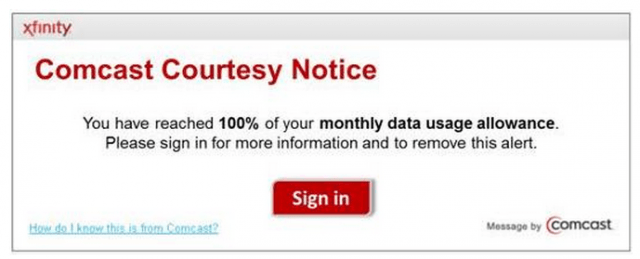 Comcast customers in these areas do not have the option of keeping their unlimited-use broadband accounts. Despite the fact Comcast executive vice president David Cohen refers to these as “data thresholds,” they are in fact de facto limits that carry penalty fees when exceeded.[10]
Comcast customers in these areas do not have the option of keeping their unlimited-use broadband accounts. Despite the fact Comcast executive vice president David Cohen refers to these as “data thresholds,” they are in fact de facto limits that carry penalty fees when exceeded.[10] Nearly two million people have listened to the
Nearly two million people have listened to the  Setting aside all that, we decided to investigate why Mr. Block was willing to subject himself to 18 minutes of phone hell to cancel his service.
Setting aside all that, we decided to investigate why Mr. Block was willing to subject himself to 18 minutes of phone hell to cancel his service.